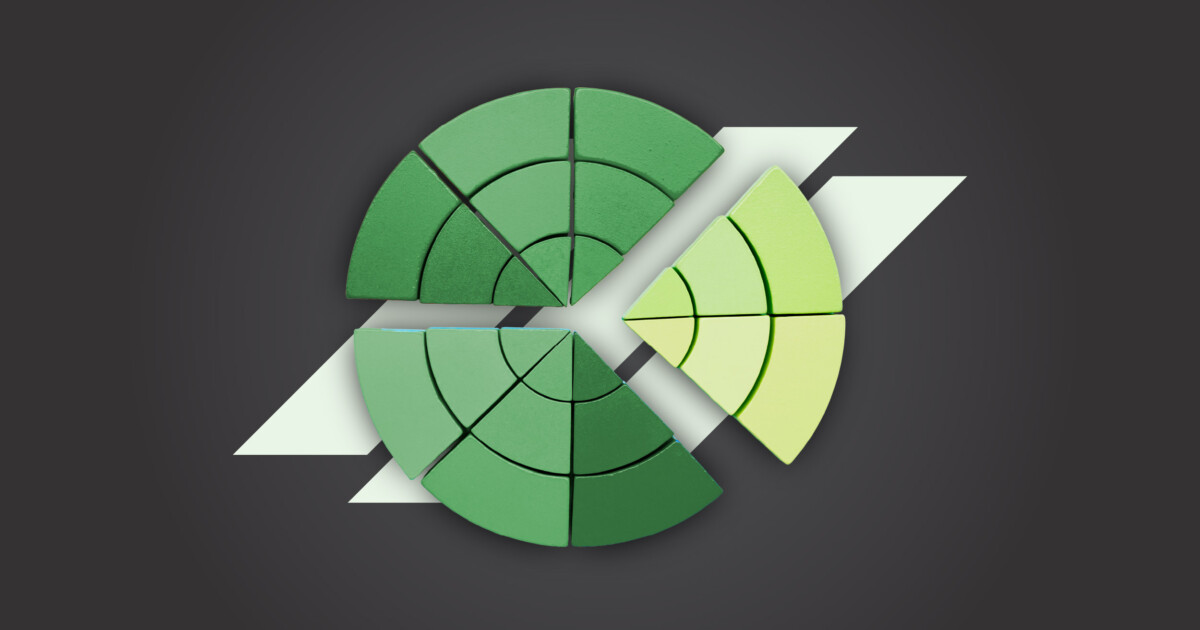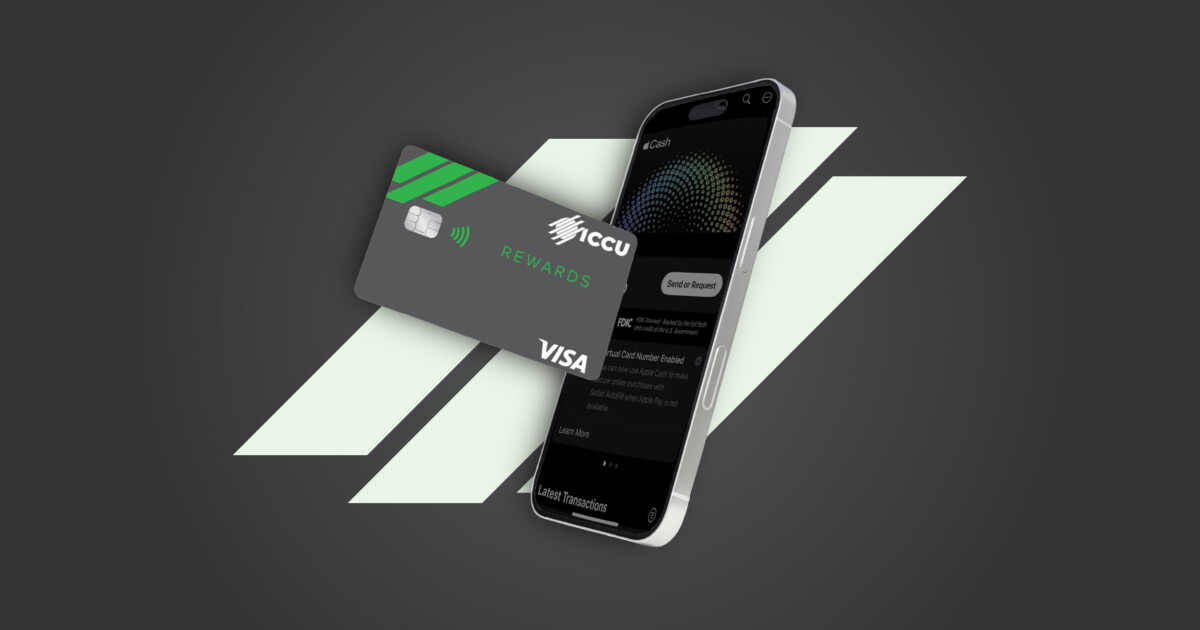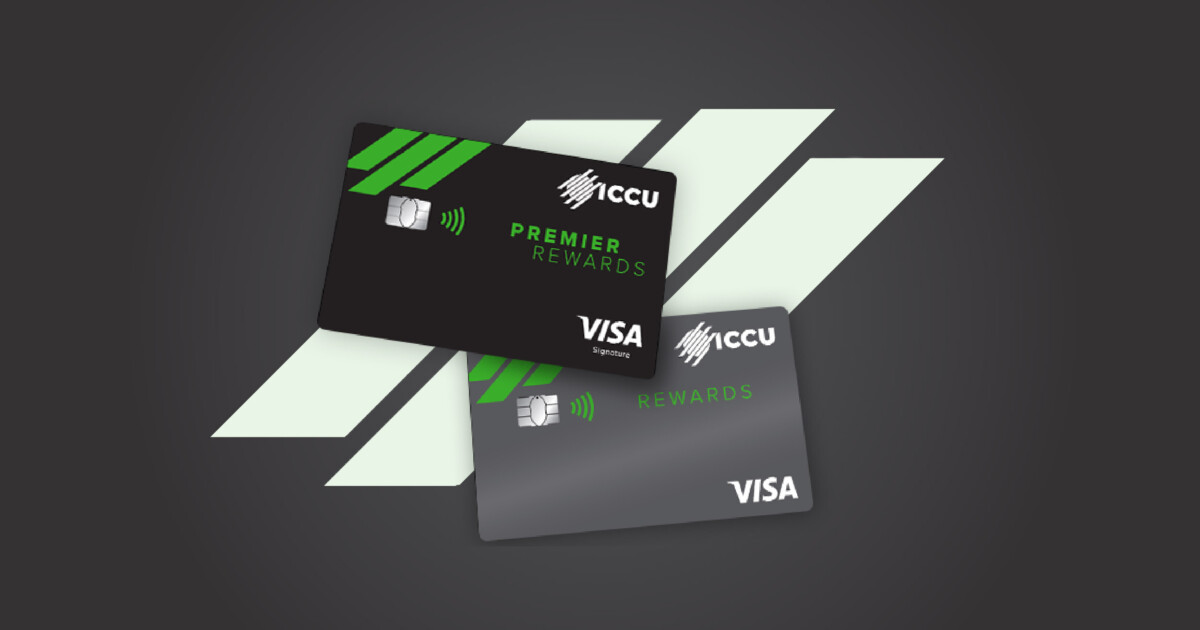Most people tap and go, but smart cardholders know how to tap/swipe with purpose. With a little strategy, everyday purchases like gas, groceries, and subscriptions can turn into rewards like cash back, gift cards, and more.
Here’s how to make your cards work harder so you don’t have to.
Find the Right Credit Card Rewards
When comparing credit cards to your goals and lifestyle, look into two specific categories: reward types and fees.

Reward Types
Most credit card rewards fall into one of three categories:
- Cash back: One of the simplest reward systems. If a card earns 2% cash back on every purchase, it gives you $2 for every $100 you spend. Cash back percentages and spending categories (like groceries or gas) vary by card. Some earn unlimited cash back, while others cap your earnings after a specific dollar amount.
- Points: One of the most versatile reward systems. This type of card typically rewards you with a fixed number of points per dollar you spend (i.e. 4x points on Costco purchases and 3x points on gas). Depending on the card, points can be redeemed for cash back, gift cards, travel, events, and more. They may or may not expire.
- Miles: One of the best systems for frequent flyers. A travel card earns, for example, 2x miles for every dollar you spend with a specific airline. They can be redeemed for a variety of travel-related things, like airfare discounts, free stays at specific hotels, and airport lounges. Like points, miles may or may not expire.
Fees
Every credit card has different limitations and caveats, so be sure to read all the details, including fine print, before applying for a card.
Every credit card comes with an interest rate. If you carry a balance from month to month, you’ll be charged interest according to the Annual Percentage Rate (APR) listed in your credit card terms. Even 0 percent APR cards recommend minimum payments and paying your balance in full before the interest period ends.
Some cards charge an annual fee. That’s not necessarily a red flag, but make sure the rewards you’re receiving in return are worth the money you’re paying. It all comes down to weighing the pros and cons.
Cards can also charge fees for late payments, foreign transactions, balance transfers, cash advances, and more. When choosing a card, look out for fees tied to the services you plan to use and compare those to the rewards you stand to gain.
Start Simple with Spending Categories
Once you know what card will match your spending style best, it’s time to make that card do the heavy lifting. Before you get into complex credit card strategies, master the basics: spending categories.
Most cards organize their reward structures according to categories like groceries, gas, restaurants, travel, utilities, and more. Each category might earn a different reward rate depending on your card.

To easily maximize your credit card rewards with spending categories, follow these steps:
- Consider your card’s reward structure. Which categories does it dole out the most rewards for?
- Look at your previous bank statements (or your account’s analytics in eBranch) to see which of those top-reward categories you already spend the most in.
- Use your card for as many purchases in this category as you can. If you get the most rewards for dining, be sure to use this card for all restaurant purchases.
- Watch the rewards roll in.
Cover Recurring Expenses with Your Credit Card
Paying your bills with autopay, whether debit or credit, is typically a smart money move because it helps you manage your bills with timeliness and ease. Add a rewards credit card to that strategy, and suddenly you’re raking in rewards while dodging late payment fees.
Of course, like any strategy, this one comes with its pros and cons:
Pros of Credit Card Autopay
- Rewards. Many cards give you cash back or points for recurring expenses like utilities. Some companies even offer discounts when you sign up for autopay, saving you even more money.
- Security. Because most credit cards come with a grace period, you have extra time to spot suspicious charges, helping you protect yourself from fraud before it impacts your finance or credit.
- Flexibility. Your card’s grace period gives you almost a month to pay your bills interest-free. Debit cards withdraw your funds within days.
Cons of Credit Card Autopay
- Payment updates. If you get a new card, your current card expires, or your account gets hacked, you’ll have to update your payment info on each billing site, one by one.
- Convenience fees. Some businesses charge a fee, often 2-3 percent, for purchases made with a credit card. If you’re paying big bills with your card, the fee might outweigh the rewards.
- Credit score impact. Regardless of whether you use autopay, your credit score can take a hit whenever you use more than 30 percent of your credit limit at once. If, for example, your credit limit is $10,000, be sure not to spend more than $3,000 during that billing cycle.

Add Your Favorite Cards to Your Mobile Wallet
The best way to ensure a habit sticks? Make it easy.
To capitalize on your rewards, you’ll likely use your credit card relatively often. Add it to your Apple Pay, Google Wallet, Venmo, etc. That way, you’ll reach for the card that gives you the most bang for your buck without a second thought.
Consider Using Multiple Credit Cards for More Rewards
As you’ve seen, different cards have different perks and drawbacks. If you’re willing to tackle a more complex rewards strategy, you can easily maximize your rewards by using different cards.
Here’s an example of how it works:
Card A gives you rewards on everyday purchases like gas and groceries. You use it as your primary card.
Card B gives you more points than Card A, but only at your favorite retail store. You use this card every time you visit that store, about once a month, and enjoy discounts every time you cash in your rewards points.
Card C is a travel card for your favorite airline. You only use this card a few times a year, but when you do, you earn miles for your trip, enjoy travel perks, and avoid paying international fees.
By using each card only when it earns you the most points, you stand to maximize your rewards while minimizing each card’s downfalls.
That said, keep in mind that every card comes with not only rewards but fees and fine print. The more cards you use, the more complex your strategy becomes. Make sure you only use as many credit cards as you can comfortably manage.

If you’re looking for a credit card that gives you rewards for everyday purchases, check out ICCU’s Premier Rewards and Rewards Visas. With no annual fee*, sign-up bonuses, and competitive rates, these cards will do the heavy lifting for you while you sit back, relax, and rake in the rewards. Now that’s working smarter.
*APR ranges from 11.99% to 24.00% and may be fixed or variable based on card type and creditworthiness. Foreign transaction fee: 1%. Cash advance fee: $10 or 5% of the transaction amount, whichever is greater. Interest on balance transfers and cash advances accrues from the transaction date.



